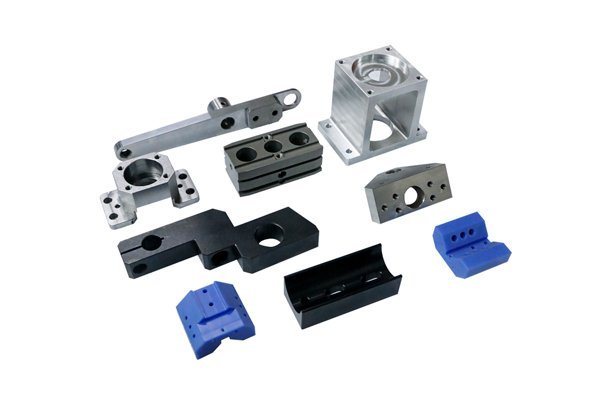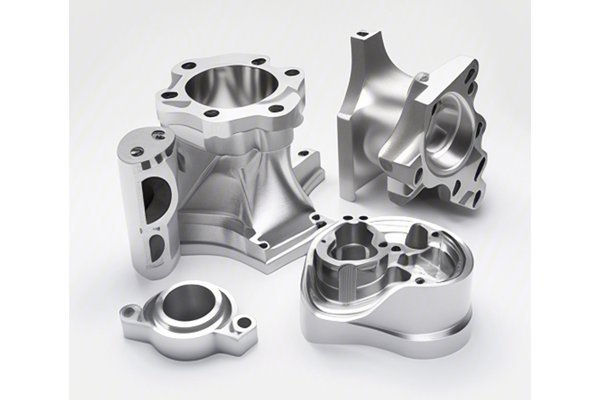Did you know that brass has been used in various industrial applications since the ancient times? In fact, the Romans used brass for making coins and jewelry over 2000 years ago. Fast forward to the present day, brass still holds a critical place in modern manufacturing, particularly in CNC (Computer Numerical Control) machining. This alloy of copper and zinc is prized for its machinability, corrosion resistance, and acoustic properties. However, to effectively machine brass components, an understanding of the necessary tools and processes is vital.
In this comprehensive blog, we will delve into the tools required for CNC machining brass, the best practices for their use, and how to achieve superior results while minimizing material waste. Whether you are a seasoned machinist or an aspiring hobbyist, getting equipped with the right information and tools can significantly enhance your efficiency and output.
Understanding Brass and Its Machinability
Brass is known for its excellent workability. It can be easily cut, shaped, and formed into a variety of components, making it a favorite in plumbing fittings, musical instruments, and decorative objects. The machinability of brass, which is typically measured by how easily it can be shaped and cut by tools, is often superior to many metals. Factors such as the specific brass alloy, the cooling lubricants used, and the tooling can all affect machinability.
Key Alloys of Brass:
Understanding the specific alloy being used will guide the selection of appropriate tools and machining techniques.
Essential CNC Machining Tools for Brass
At the heart of the CNC machining process is the CNC machine itself. Different types such as mills, lathes, and routers can be employed based on the specific machining task. For brass components, a CNC mill is often the preferred choice due to its ability to perform precision cuts on flat and complex shapes.
Key Features to Look For:
Choosing the right cutting tools is crucial for achieving high-quality finishes in brass machining.
This involves using tool holders like collets or chucks that properly secure the cutting tools in place. Proper tool clamping ensures accuracy and stability during the machining process, which is crucial for precision work.
CNC programming software is an essential tool for any CNC machinist. Programs such as Mastercam or Fusion 360 can help in designing the component and generating the necessary G-code for machining. Using simulation tools can help identify potential issues in the machining process before actual work begins.
Effective cooling and lubrication are essential during the CNC machining of brass to prevent overheating of the tool and the material.

To ensure the machined brass components meet specifications, precise measuring tools must be used.
Best Practices for CNC Machining of Brass
Achieving precision when machining brass components involves understanding the material properties and using appropriate techniques.
When programming the CNC machine, optimizing the tool paths can lead to reduced cycle times and increased efficiency. Consider the following tactics:
Using the right cutting speeds and feeds can dramatically affect the quality of the finish and tool life.
Regularly inspect tools for wear and tear. A worn tool can lead to poor surface finish, increased heat generation, and may even damage the workpiece. Rotate or replace tools as necessary.
Secure the brass workpiece on the CNC machine properly. Use vises or clamps that provide strong grip without distorting the part. Consider the use of custom jigs for complex shapes.
Vibrations can lead to reduced accuracy and poor finishes in CNC machined parts. To minimize this, ensure the CNC machine is on a sturdy base and that the tooling is appropriately balanced.
Troubleshooting Common Issues
Even with the right tools and techniques, problems can arise during CNC machining of brass.
CNC machining brass components requires a deep understanding of the materials and precision techniques involved. By leveraging the right tools—including CNC machines, cutting tools, software, and inspection equipment—and adhering to high standards of practice, machinists can achieve exceptional results.
Above all, remember that the choice of tools and techniques directly impacts the performance and quality of the finished product. Continuous learning and adapting to new machining technologies will not only enhance productivity but also ensure the delivery of high-quality precision components.
As we consider the future of CNC machining in the manufacturing world, it remains clear: understanding the tools necessary for effective machining of brass is not merely academic—it is essential for carving out a competitive edge in the industry. With the right knowledge in hand, you’ll be well-equipped to navigate the challenges of brass machining, ensuring a successful outcome every time.






